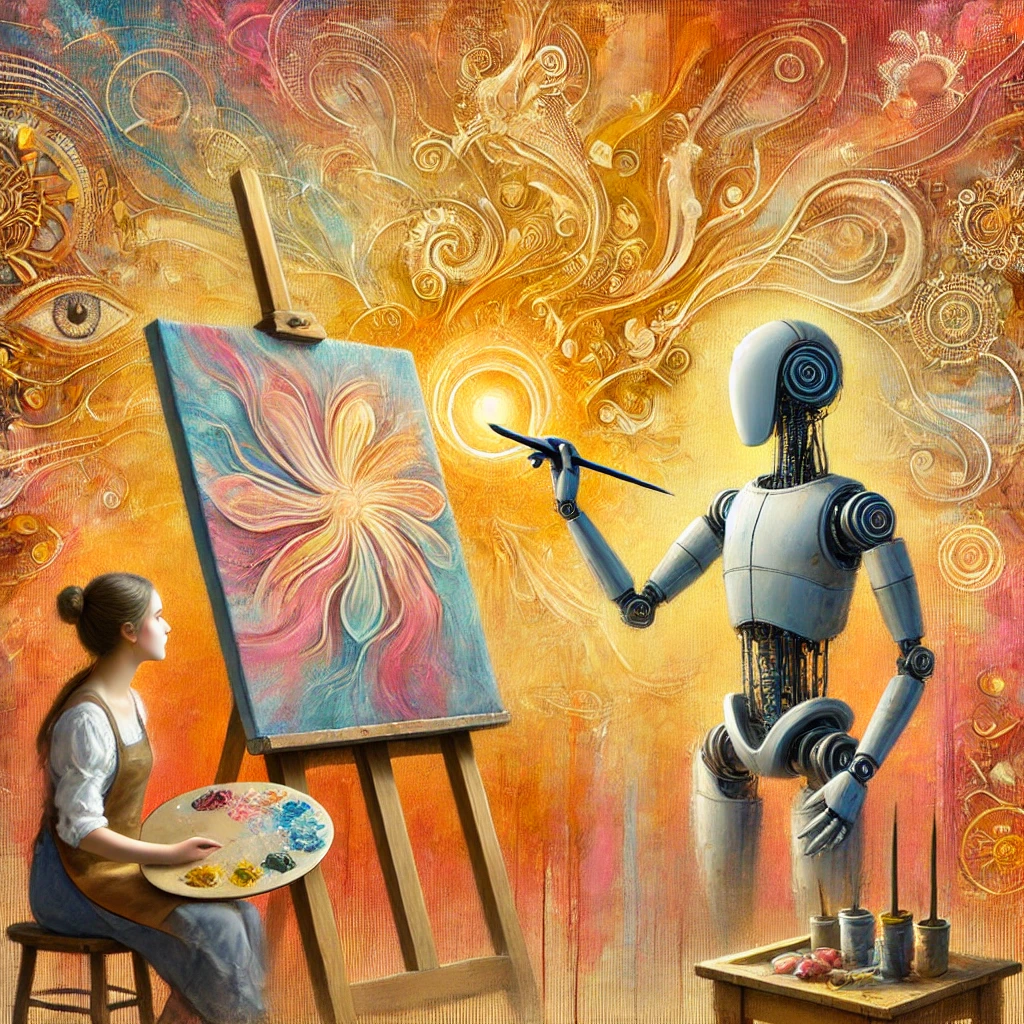One of the hardest things, nowadays in the modern age, is to honestly hold your own brains attention. I know, the idea sounds crazy especially with dystopian society not too far off on the horizon. However, every companies goal at the end of the day is to hold your attention for a finite amount of time.



This holds true, whether you are at Walmart, Starbucks, or even an online store like Ulta.
The Pull of AI in Everyday Life
AI integration is everywhere: from personalized product suggestions to curated social feeds, to loyalty reward apps that seem to “read your mind.” These AI-driven features are convenient—but they also leverage psychological triggers designed to keep you engaged. Recognizing where AI influences your habits is the first step to establishing a healthier relationship with technology.
Real-World Examples of AI-Driven Engagement
Here are a few high-profile companies that successfully—and sometimes aggressively—use AI to keep user attention:
- Netflix: Uses sophisticated recommendation engines to suggest content based on your watch history and engagement (Gomez-Uribe & Hunt, 2015, The Netflix Recommender System. ACM Transactions on Management Information Systems, 6(4)).
- Amazon: Personalizes your shopping experience with AI-driven product recommendations, learning from your purchase/browsing behavior (Linden, Smith, & York, 2003, IEEE Internet Computing, 7(1)).
- Starbucks: Employs predictive analytics in its mobile app to tailor offers, suggest menu items, and optimize loyalty rewards (Starbucks Stories & News: stories.starbucks.com).
- Walmart: Utilizes AI for e-commerce product suggestions and real-time supply chain tracking (Walmart Tech Blog: medium.com/walmartglobaltech).
- TikTok: Relies on a powerful content recommendation algorithm that reacts to every watch, skip, and like, creating an endless feed of personalized videos (ByteDance/TikTok Newsroom: newsroom.tiktok.com).
The Psychological Effects of Constant Engagement
These companies aren’t just using AI for fun; they’re leveraging behavioral science to keep you scrolling, tapping, and buying. Micro-dopamine hits from notifications or personalized feeds can be addictive, leading to what some call the “infinite scroll syndrome.” Knowing how these platforms hook you provides clarity on why it’s so hard to look away.
Finding Balance in a Tech-Driven World
While AI can make life more convenient, it’s crucial to maintain perspective. Set boundaries around screen time, and consider turning off non-essential notifications. Schedule regular offline breaks or dedicate certain parts of your day to analog tasks—like reading physical books or going for a walk without your phone.
Reconnecting with Community
It’s easy to forget that meaningful community engagement often happens in real life. Try hosting local events, visiting small businesses, or simply having face-to-face conversations with neighbors and friends. Human connections can’t be replaced by algorithms, no matter how advanced.

Embracing AI Responsibly
AI isn’t necessarily the villain. It’s a tool—one that can be harnessed to streamline tasks, improve healthcare, and solve complex problems. The key is to strike a balance that enriches your life instead of consuming it. By setting digital boundaries, you can reap the benefits of AI while staying grounded in the present.
Conclusion
In a world increasingly shaped by AI-driven engagement, learning to exist without letting it rule our lives is a personal responsibility. By becoming aware of how companies use AI to command our attention and by proactively setting boundaries, we can maintain agency over our time and mental well-being. After all, no matter how powerful the technology gets, the human ability to connect, create, and choose remains our most profound strength.
References
- Gomez-Uribe, C. A., & Hunt, N. (2015). The Netflix Recommender System. ACM Transactions on Management Information Systems, 6(4).
- Linden, G., Smith, B., & York, J. (2003). Amazon.com Recommendations: Item-to-Item Collaborative Filtering. IEEE Internet Computing, 7(1).
- Starbucks Stories & News: stories.starbucks.com
- Walmart Tech Blog: medium.com/walmartglobaltech
- TikTok Newsroom: newsroom.tiktok.com
